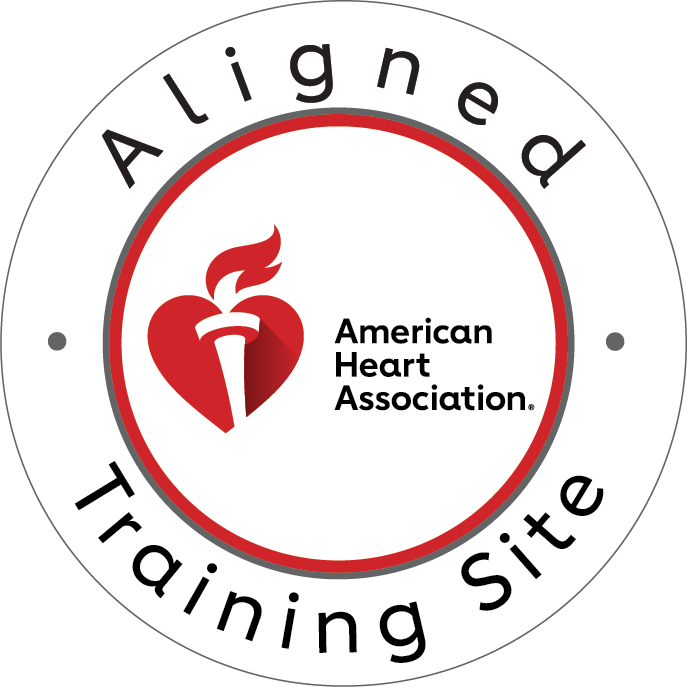Understanding Advanced Post-ROSC Strategies in Modern ACLS
The return of spontaneous circulation (ROSC) marks a critical milestone in cardiac arrest management, yet it represents only the beginning of a complex journey toward optimal patient outcomes. Advanced post-ROSC strategies have evolved significantly, transforming how ACLS teams approach the immediate post-resuscitation period. These sophisticated interventions require precise execution and a comprehensive understanding of physiological processes that occur after successful resuscitation.
Post-ROSC care encompasses multiple domains, including hemodynamic optimization, neurological protection, and targeted temperature management. Each component demands careful attention to detail and coordinated team effort. Furthermore, the implementation of advanced post-ROSC strategies requires continuous assessment and adjustment based on patient response and evolving clinical parameters.
Hemodynamic Management in Advanced Post-ROSC Strategies
Cardiovascular instability frequently characterizes the post-ROSC period, making hemodynamic optimization a cornerstone of advanced post-ROSC strategies. Blood pressure management becomes paramount, as both hypotension and excessive hypertension can compromise cerebral perfusion and worsen neurological outcomes. ACLS teams must establish target blood pressure parameters, typically maintaining systolic pressure above 90 mmHg while avoiding extreme elevations that might increase intracranial pressure.
Vasopressor selection represents another critical aspect of advanced post-ROSC strategies. Norepinephrine often serves as the first-line agent for hypotension, providing both alpha and beta-adrenergic effects that support cardiac output and vascular tone. However, the choice of vasopressor should be individualized based on underlying cardiac function and specific hemodynamic profiles observed in each patient.
Fluid management requires careful consideration within advanced post-ROSC strategies. While adequate intravascular volume is essential for maintaining cardiac output, excessive fluid administration can lead to pulmonary edema and increased intracranial pressure. Consequently, ACLS teams must balance fluid resuscitation with ongoing assessment of volume status and cardiac function.
Neurological Protection Through Advanced Post-ROSC Strategies
Neurological preservation represents the ultimate goal of advanced post-ROSC strategies, as brain injury often determines long-term patient outcomes. The post-cardiac arrest syndrome includes significant neurological dysfunction that requires immediate and sustained intervention. Advanced post-ROSC strategies focus on minimizing secondary brain injury through multiple mechanisms.
Targeted temperature management (TTM) forms a critical component of neurological protection in advanced post-ROSC strategies. Current guidelines recommend maintaining normothermia or mild hypothermia (32-36°C) for at least 24 hours following ROSC. This intervention helps reduce cerebral metabolic demand and limits the inflammatory cascade that contributes to secondary brain injury.
Additionally, advanced post-ROSC strategies emphasize the importance of avoiding hyperthermia, which can exacerbate neurological damage. ACLS teams must implement continuous temperature monitoring and have protocols in place for rapid temperature control when deviations occur.
Respiratory Management in Advanced Post-ROSC Strategies
Optimal oxygenation and ventilation represent fundamental aspects of advanced post-ROSC strategies. While adequate oxygen delivery is essential, hyperoxia can contribute to oxidative stress and worsen neurological outcomes. Current advanced post-ROSC strategies recommend targeting oxygen saturations between 94-98% to balance oxygen delivery with potential toxicity.
Ventilation management within advanced post-ROSC strategies requires careful attention to carbon dioxide levels. Both hypocapnia and hypercapnia can adversely affect cerebral blood flow and neurological recovery. ACLS teams should target normocapnia (PaCO2 35-45 mmHg) unless specific clinical circumstances dictate otherwise.
Mechanical ventilation parameters must be optimized as part of advanced post-ROSC strategies. Lung-protective ventilation strategies, including appropriate tidal volumes and positive end-expiratory pressure, help prevent ventilator-induced lung injury while maintaining adequate gas exchange.
Metabolic Optimization in Advanced Post-ROSC Strategies
Glucose management represents another crucial element of advanced post-ROSC strategies. Both hyperglycemia and hypoglycemia can worsen neurological outcomes following cardiac arrest. Current recommendations within advanced post-ROSC strategies suggest maintaining glucose levels between 144-180 mg/dL, avoiding both extremes while ensuring adequate cerebral glucose delivery.
Electrolyte balance requires careful attention in advanced post-ROSC strategies. Hyponatremia, hypokalemia, and hypomagnesemia can all contribute to cardiac arrhythmias and neurological dysfunction. Regular monitoring and prompt correction of electrolyte abnormalities form essential components of comprehensive post-ROSC care.
Advanced Monitoring Techniques in Post-ROSC Strategies
Continuous monitoring represents a cornerstone of advanced post-ROSC strategies, enabling ACLS teams to detect changes in patient status and adjust interventions accordingly. Advanced monitoring techniques include continuous electroencephalography (EEG) to detect seizure activity, which occurs frequently in the post-ROSC period and can worsen neurological outcomes if left untreated.
Cerebral oximetry and other advanced neurological monitoring tools are increasingly incorporated into advanced post-ROSC strategies. These technologies provide real-time assessment of brain tissue oxygenation and can guide optimization of cerebral perfusion pressure and oxygen delivery.
Cardiac monitoring extends beyond basic rhythm assessment in advanced post-ROSC strategies. Echocardiography helps evaluate cardiac function and guide hemodynamic management, while continuous cardiac output monitoring can optimize fluid and vasopressor therapy.
Implementation Challenges and Team Coordination
Successful implementation of advanced post-ROSC strategies requires extensive team coordination and clear communication protocols. ACLS teams must establish roles and responsibilities for each team member, ensuring that all aspects of post-ROSC care are addressed simultaneously without confusion or duplication of efforts.
Training and education play vital roles in the effective implementation of advanced post-ROSC strategies. Team members must understand not only the technical aspects of interventions but also the physiological rationale behind each component of care. Regular simulation training helps teams practice advanced post-ROSC strategies in a controlled environment before applying them in actual clinical scenarios.
Quality Improvement and Outcome Measurement
Advanced post-ROSC strategies require continuous quality improvement efforts to optimize patient outcomes. ACLS teams should establish metrics for evaluating the effectiveness of their interventions, including neurological outcomes, hospital length of stay, and survival to discharge rates.
Regular case reviews and debriefings help identify areas for improvement in advanced post-ROSC strategies. These activities enable teams to learn from both successful cases and challenging scenarios, continuously refining their approach to post-ROSC care.
Conclusion: Advancing Excellence in Post-ROSC Care
Advanced post-ROSC strategies represent a sophisticated approach to cardiac arrest management that extends far beyond initial resuscitation efforts. Success requires a comprehensive understanding of post-cardiac arrest pathophysiology, meticulous attention to multiple physiological parameters, and coordinated team effort. As research continues to evolve our understanding of optimal post-ROSC care, ACLS teams must remain committed to implementing evidence-based strategies that maximize patient outcomes.
The integration of advanced post-ROSC strategies into routine clinical practice demands ongoing education, training, and quality improvement efforts. By maintaining focus on these critical interventions, ACLS teams can significantly impact patient survival and neurological recovery following cardiac arrest.
Take Action: Enhance Your ACLS Skills Today
Ready to master advanced post-ROSC strategies and elevate your emergency response capabilities? CPR Memphis offers comprehensive ACLS certification Memphis training that covers the latest evidence-based approaches to post-resuscitation care. Our expert instructors provide hands-on, stress-free learning experiences that prepare you for real-world clinical scenarios.
Don’t wait – strengthen your skills with our CPR certification Memphis programs. As an American Heart Association training site, CPR Memphis delivers the highest quality instruction in BLS for Healthcare Providers, ACLS, PALS, and CPR and First Aid courses. Contact us today to enroll in our advanced training programs and become the ACLS team leader your patients deserve.
CPR Memphis – Best CPR training in Memphis. Your patients’ lives depend on your expertise.





